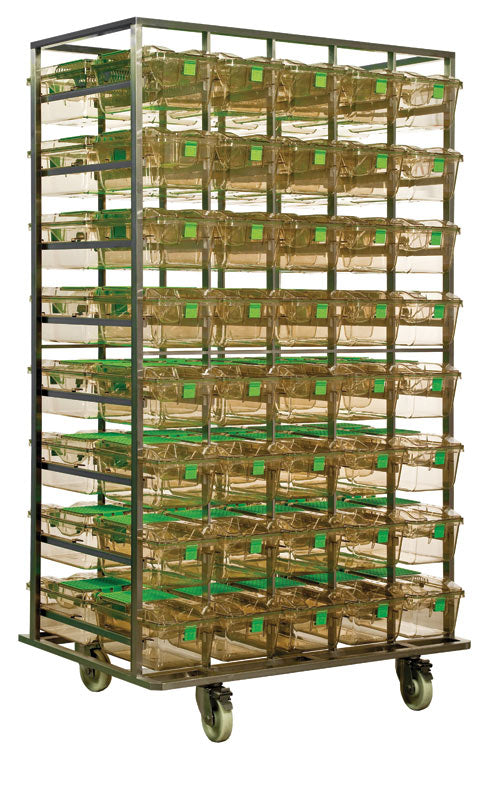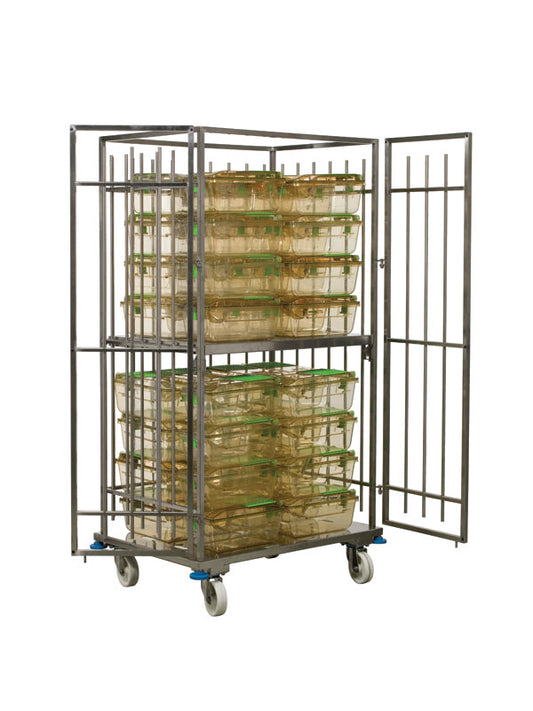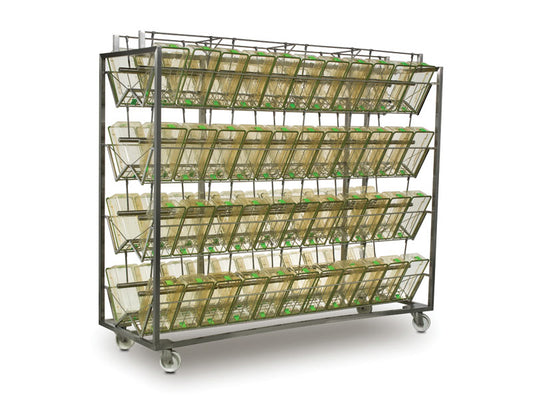
Routine cage changes in laboratory animal facilities are essential for maintaining the health and welfare of research animals—but how often is “just right”? Traditionally, institutions have relied on a rigid 2-week schedule for changing mouse cages. However, this fixed interval can be inefficient, stressful to animals, and out of sync with the actual conditions in the cage.
A new study conducted by researchers at Rutgers University challenges this approach by demonstrating how digital monitoring and artificial intelligence (AI) can be used to dynamically determine the ideal time for cage changes based on real-time cage conditions.
The Science Behind It
The system utilizes Digital Ventilated Cages (DVCs) equipped with sensor arrays that monitor the “wetness” of bedding—quantified by a metric called the Bedding Status Index (BSI). As bedding becomes saturated with urine, the electrical capacitance measured by the system drops, triggering an alert when the cage needs to be changed.
A machine learning algorithm was trained using human observations to recognize bedding conditions across variables like mouse strain, age, sex, and housing density. Over time, and with repeated input, the algorithm achieved over 90% accuracy in predicting when cages needed changing—especially for cages with higher animal densities.
Key Findings
-
Cages housing 5 mice required changes approximately every 3–4 weeks, significantly longer than the standard 2-week interval.
-
Single-housed mice could remain in cages for over 6 weeks without reaching soiling thresholds.
-
Extended cage intervals did not increase intracage ammonia or CO₂ levels, nor did they affect mouse growth or circadian behavior.
-
Facilities using the AI-based system reported a 65–70% reduction in total cage changes, saving time, labor, and resources.
Operational Impact
By moving to a data-driven model, facilities can achieve substantial improvements in operational efficiency. The AI system not only ensures cages are changed only when necessary but also helps reduce animal stress by avoiding unnecessary disturbances. Over a 10-month period, the Rutgers facility observed thousands fewer cage changes compared to a traditional schedule—without compromising animal health.
The Future of Vivarium Management
This study presents a compelling case for adopting AI-enhanced husbandry practices. By leveraging continuous digital monitoring, facilities can transition from static, one-size-fits-all schedules to responsive systems that align with actual animal needs and environmental conditions. The result is a more humane, efficient, and scientifically rigorous approach to laboratory animal care.
For more information, please complete the form below and our IVC experts will be in touch.








